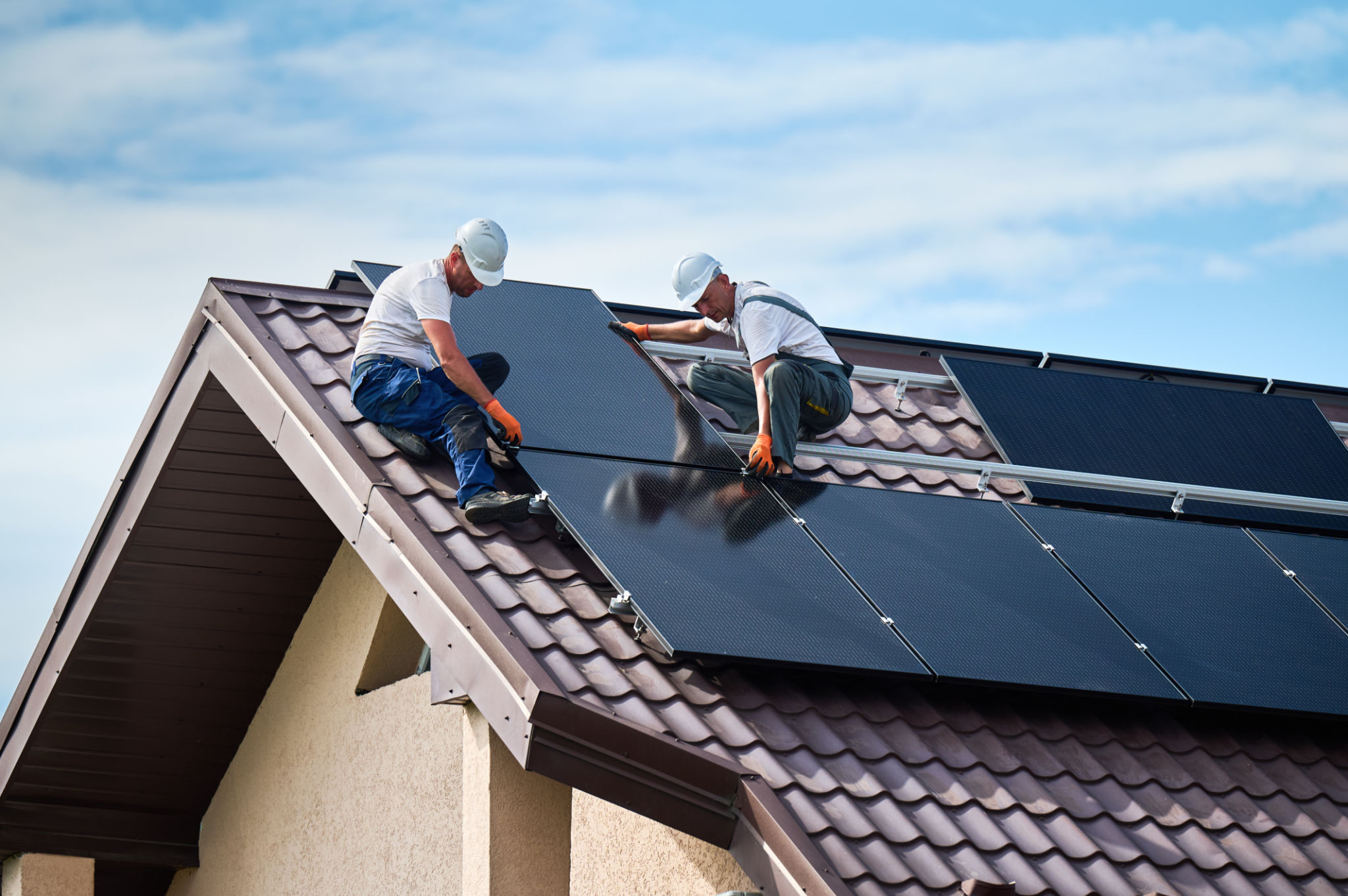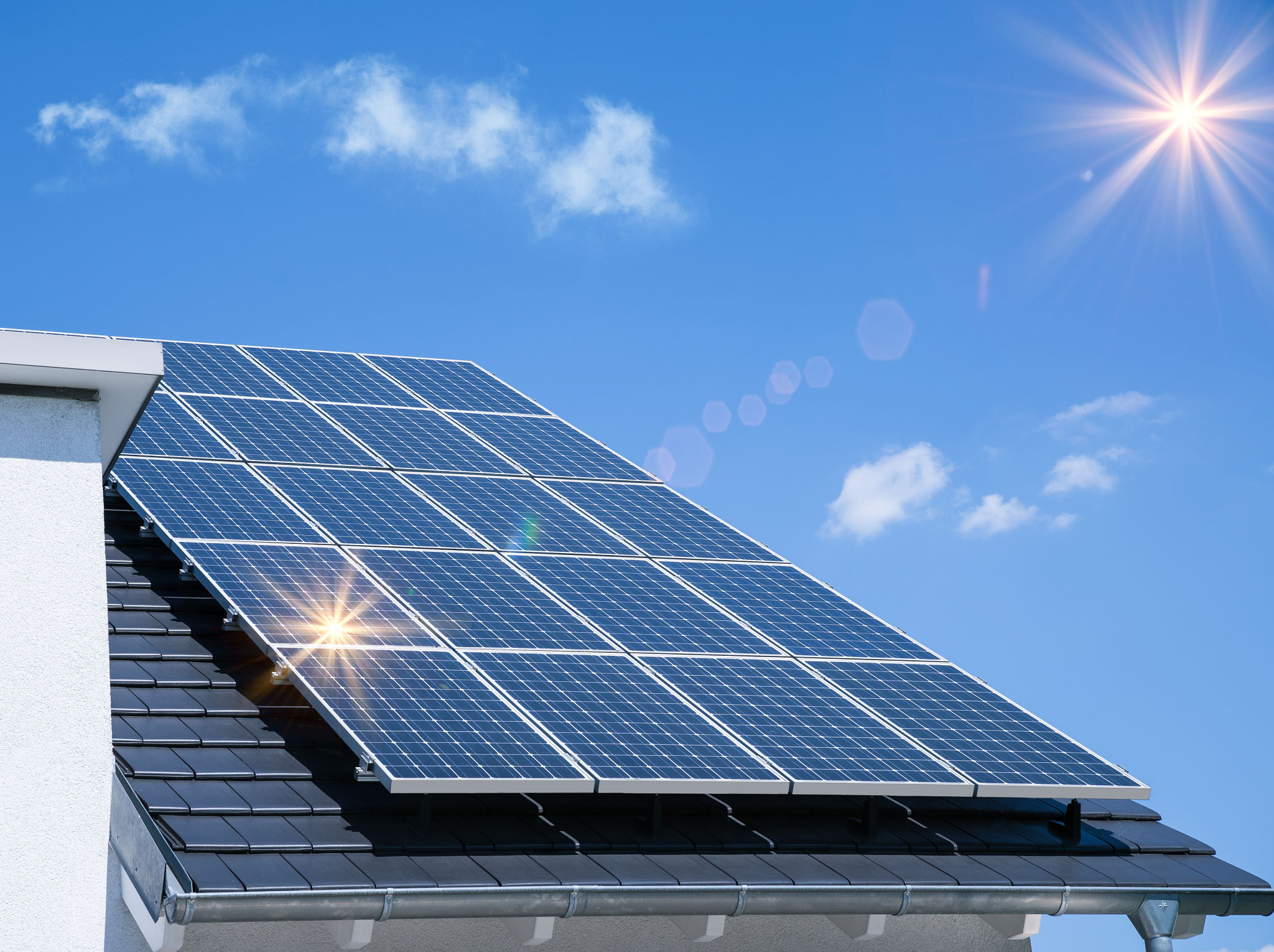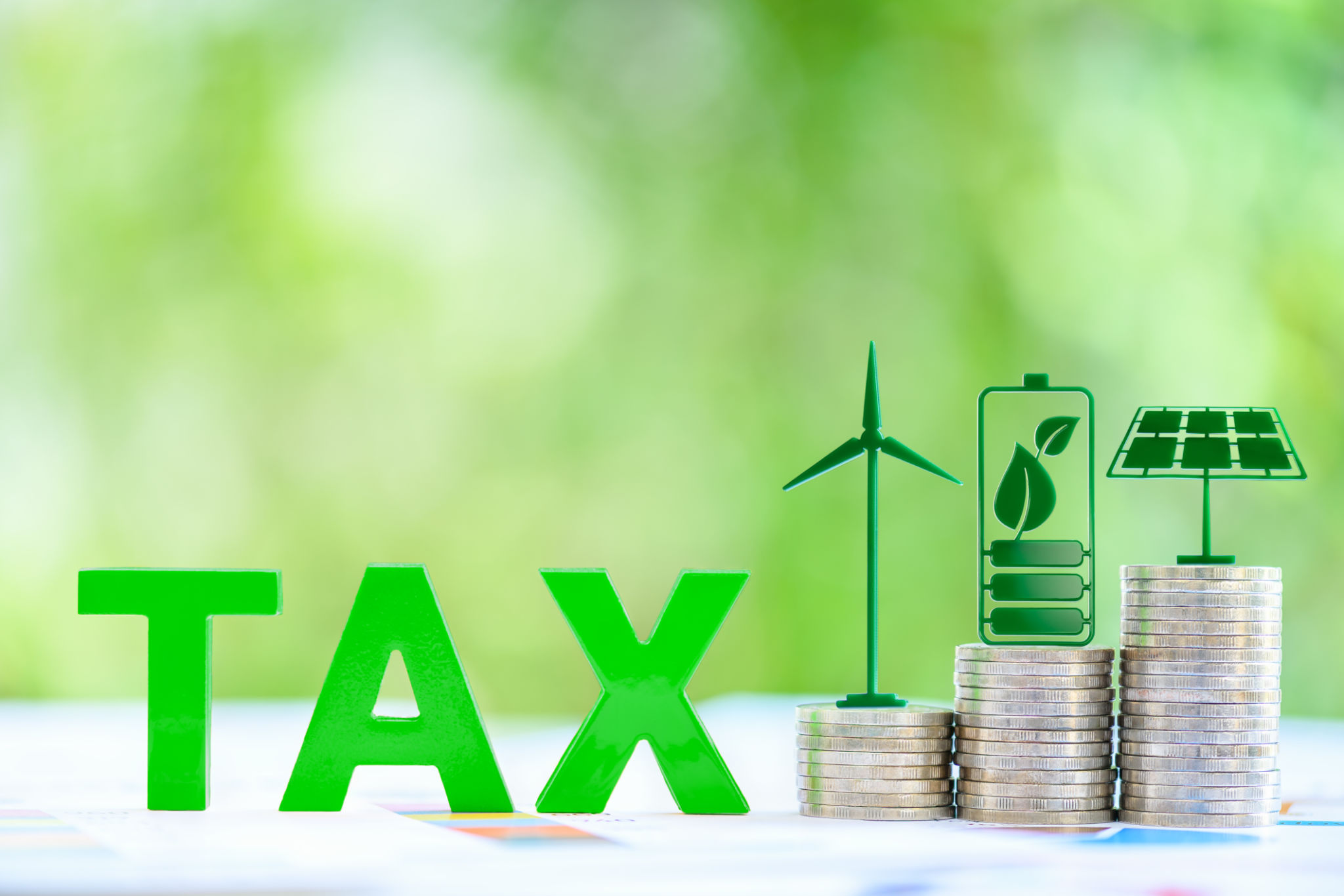The Ultimate Guide to Solar Panel Installation and Maintenance in Australia
Understanding Solar Panel Installation
Solar energy has become an increasingly popular choice for homeowners and businesses in Australia. With abundant sunlight and a commitment to renewable energy, installing solar panels is a wise investment. However, understanding the installation process is crucial to ensure efficiency and longevity.
Before installation, it's essential to assess your energy needs and roof condition. Professional installers will evaluate these factors to determine the best system size and panel placement. It's advisable to hire a certified installer who can provide a detailed proposal and expected energy savings.

Choosing the Right Solar Panels
There are various types of solar panels available, each with its own benefits. Monocrystalline panels are known for their high efficiency and sleek appearance, while polycrystalline panels are more cost-effective. Thin-film panels offer flexibility but may require more space.
When selecting panels, consider factors such as efficiency, warranty, and manufacturer reputation. Additionally, look for panels with certifications that meet Australian standards, ensuring they are tested for durability and performance.
The Installation Process
The installation process begins with mounting brackets being attached to your roof. These brackets provide a secure foundation for the panels. Next, the panels are placed on the mounts and connected to form an array. This array is then linked to an inverter that converts solar DC power into usable AC power.

A qualified electrician will handle the wiring and connection to your home's electrical system. Once installed, the system is tested to ensure optimal performance. This process typically takes one to three days, depending on the system's complexity.
Cost and Financial Incentives
While the initial cost of solar panel installation can be significant, there are several financial incentives available in Australia. The Small-scale Renewable Energy Scheme (SRES) offers certificates that can be traded for discounts on installation costs. Additionally, some states offer feed-in tariffs that pay you for excess energy fed back into the grid.
It's important to research these incentives and consult with your installer to maximize savings. Many companies also offer financing options to help spread the cost over time.

Maintaining Your Solar Panels
Proper maintenance is key to ensuring your solar panels operate efficiently for years to come. Fortunately, solar systems require minimal maintenance due to their lack of moving parts. Regular cleaning is necessary to remove dust, leaves, and debris that can reduce energy output.
Monitoring System Performance
Most modern solar systems include monitoring software that allows you to track energy production in real-time. This can help identify any issues early on, ensuring they are addressed promptly. Regularly checking your inverter display for error messages is also advisable.
Annual professional inspections can help maintain system efficiency and address any potential problems before they escalate. Investing in a maintenance plan with your installer can provide peace of mind and prolong the lifespan of your system.
